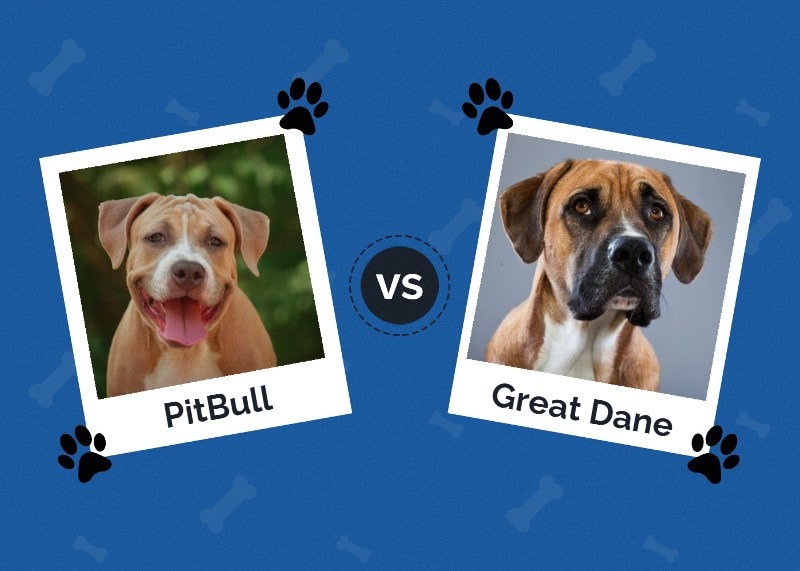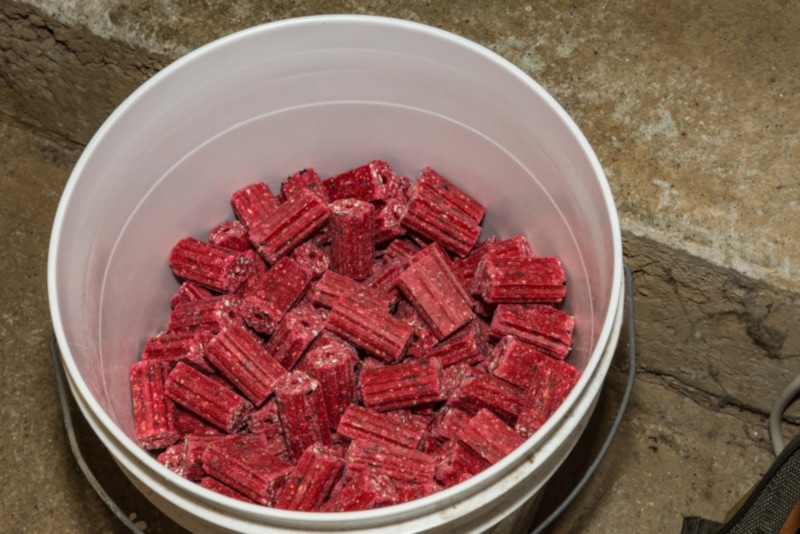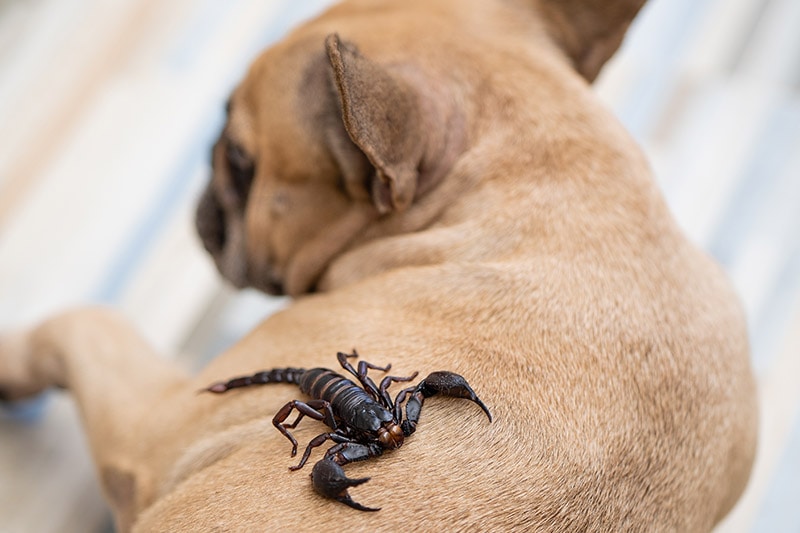18 Maltipoo Pros & Cons: What to Consider Before Bringing One Home

Updated on
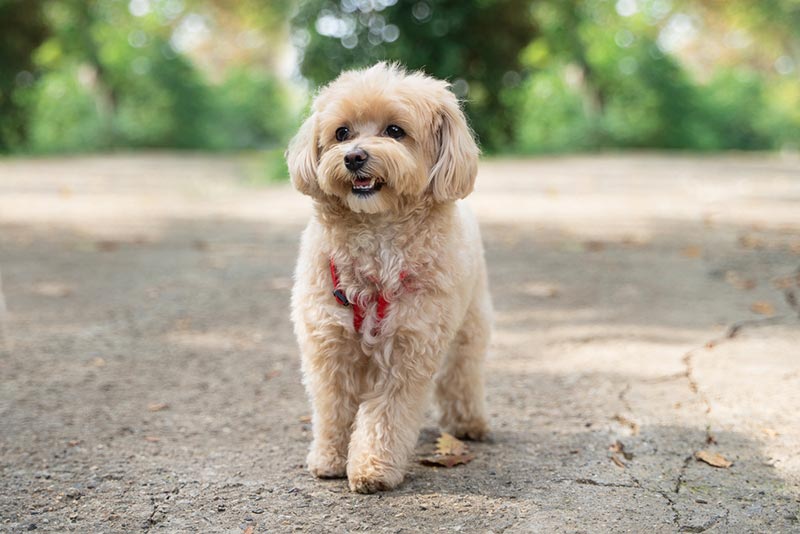
Click to Skip Ahead
The Maltipoo is a friendly, loving little dog that is a cross between two of the friendliest breeds out there: the Poodle and the Maltese. Owners of Maltipoos will regularly tell you that they’re the best “designer” dog breed around, and there are indeed many reasons to love them. But what are the downsides? Are there any? This article looks at nine surprising pros and cons of owning a Maltipoo as a beloved pet.
The 9 Maltipoo Pros
1. Temperament
Maltipoos have sweet and balanced natures. This admirable temperament is inherited from both their Poodle and Maltese sides, as the two breeds are known for having playful and uplifting personalities. This does vary by the dog, though, as any breed that isn’t socialized correctly in puppyhood will become nervous and reactive.
Both Poodles and the Maltese love to be around people. In fact, the Poodle was bred as a working water dog, and the Maltese breed has been around people for hundreds of years. As a result, the Maltipoo takes these traits to the next level and is happiest when around their family.

2. Stature
Maltipoos are small dogs. The average size for a Maltipoo is 8–14 inches tall, and they rarely weigh over 20 pounds. They’re classed as a small or toy breed, and there are even smaller teacup varieties, some weighing no more than 4 pounds.
Their diminutive stature means the Maltipoo is a good pet for those living in an apartment, and they produce less mess than larger breeds due to their small size.
3. Health
The Maltipoo is considered a healthy dog, as mixed or crossbreeds are usually healthier than pure breeds. If a Maltipoo puppy is responsibly bred and sired from genetically health-tested parents, they should have no inherited issues besides any that may arise if they are a teacup variety.
Poodle and Maltese breeds have some health issues (as do most pure breeds), but a Maltipoo breeder should aim to reduce or eliminate any problems entirely.
4. Upkeep
Since Maltipoos are small, mixed-breed dogs, their upkeep and ongoing costs are much less than those of a larger breed. Food, pet insurance, and toys are all much cheaper due to their diminutive size, and even grooming can be done for less due to their stature. They’re also easier to maneuver; taking them out shopping or in the car is easier, and dog car harnesses will be cheaper because they’re small or extra small too!
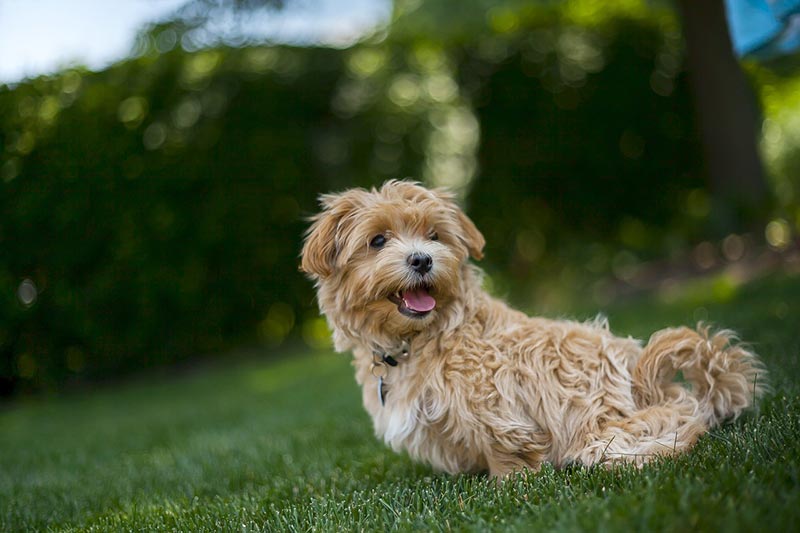
5. Low Shedding
The Maltipoo is bred from two dogs commonly touted as “hypoallergenic.” While no dog can be fully hypoallergenic, as they all produce dander and shed hair from their coats, the Poodle’s tightly curled coat sheds very minimally, and the Maltese is known for having fine, silky hair that’s also not prone to shedding.
These coats combined make a dog that theoretically doesn’t shed dander much at all (dander being a mix of dead skin, saliva, and oils that every dog sheds), and they are heralded as being good for people sensitive to pet dander or with allergies.
6. Good With Children
If they are well socialized, the Maltipoo can be an excellent pet for those with older children. Since they are a small breed (especially the teacup variety), they may not be the best choice for families with young children, but they will happily frolic and play with older children who can be respectful and mindful of their size.
They’re intelligent and gentle and will love to spend time with children who play with them, particularly those they’re close to (as Maltipoos don’t like being left alone).
7. Adorable Good Looks
These dogs are undeniably adorable, with their big dark eyes, curly and wavy coats, and small, teddy bear faces. The Maltipoo’s look is unique, and these little pups often get groomed to accentuate their likeness to stuffed toys. Because of this, they are popular with celebrities; Miley Cyrus and Blake Lively have had adorable Maltipoo pets.
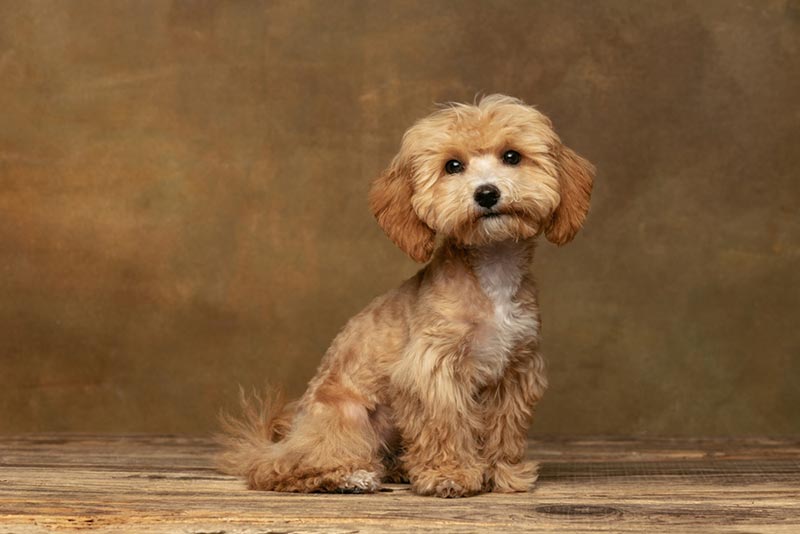
8. Low Energy Levels
The Maltipoo is a relatively low-energy dog, much preferring to have relaxed evenings snuggled up with their owners over trekking through mountains. This doesn’t mean they don’t need exercise, however. Maltipoos are intelligent dogs and can quickly become unruly if they’re not afforded adequate time to exercise.
The good thing is that since they’re small, Maltipoos can often get lots of rewarding exercise within their homes and will only need one walk a day to be tired out. For this reason, the Maltipoo can be a good pet for seniors.
9. Availability
Due to their popularity, Maltipoos are now everywhere, and availability has never been so good. You can usually find a Maltipoo puppy close to you throughout the U.S., and more breed clubs are coming together to try and regulate “backyard” breeding. Because of this, breeders are usually reputable and have the Maltipoo puppy’s best interests at heart, meaning it’s easier to find a healthy and happy puppy or a new potential owner.
The 9 Maltipoo Cons
10. Nervousness
Maltipoos can be nervous around new people, particularly if they’re not well-socialized. This can be because of their size, as small dogs tend to be more anxious than larger ones. Proper socialization during puppyhood and positive reinforcement can reduce this. Allowing your Maltipoo to experience daily sounds and different people and situations, like the vacuum cleaner or extended family members, can help them feel more confident.

11. Teacup Variant Health Problems
While Maltipoos, in general, are healthy, the teacup variant has their own health problems. Teacup dogs are bred to be as small as possible by breeding the smallest dogs together. When breeding teacup dogs, two runts are often coupled together, and the resulting puppies are usually unhealthy.
This can also mean problems that would usually be bred out, such as hydrocephalus, are more likely to occur. The tiny size of the teacup Maltipoo also makes them more susceptible to hypothermia (getting too cold) and hypoglycemia (low blood sugar), both of which can be fatal if left untreated.
12. Cost
Even though Maltipoos aren’t pure breeds, they can range in price from $600 to $2,500 for the tiny teacup varieties. Some breeders will claim that health checks and genetic testing are the reason for this price.
Even though genetic testing for inherited diseases is essential for any puppy, there is high demand for the smallest Maltipoo puppies, even at record prices. If the price of a Maltipoo seems steep, consider visiting a rescue or shelter to see if they have any Maltipoo dogs needing a new home.
13. Separation Anxiety
Maltipoos are known for being prone to separation anxiety, potentially stemming from their Maltese parent. The Maltipoo needs to be around their family at all times, but good socialization and positive reinforcement can teach a Maltipoo that even though you’re gone, you will come back.
This need to be with their people probably comes from being a lap dog, and they’ve been bred to be as close to their humans as possible throughout the years.
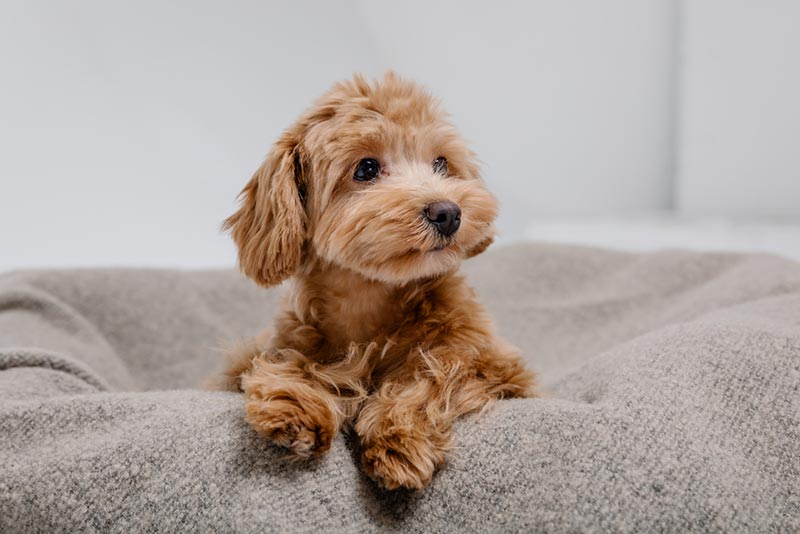
14. Barking and Vocalizing
Related to the last point, Maltipoos may cry, whine, or bark when left alone or when they want something. They can’t communicate what they need any other way, so if your Maltipoo feels anxious or afraid, they will bark to tell you. Research also shows that small dogs tend to bark more in general, so if you want a more relaxed and quiet dog, the Maltipoo may not be the best dog for you.
15. Grooming Needs
Maltipoo grooming needs vary with the coat that they have. Some Maltipoos have wavy, almost silky hair that requires some grooming to keep it tangle free, but it is easily manageable. Other Maltipoos take after their Poodle parent more and have tightly curled coats that don’t shed much.
These dogs need regular grooming to keep them comfortable, which pulls all the loose hair out of the coat and keeps it mat free. This can be time and money intensive, though, which can be a deciding factor for potential owners.
16. Sensitivity to Change
Maltipoos are sensitive dogs that don’t adapt to change all that well. Despite the Poodle and Maltese generally being evaluated as adaptable and good with change, the Maltipoo is often the opposite and needs lots of reassurance from their owners. This sensitivity may again come down to their size, as toy breed dogs more often show reluctance and anxiety about changing situations.
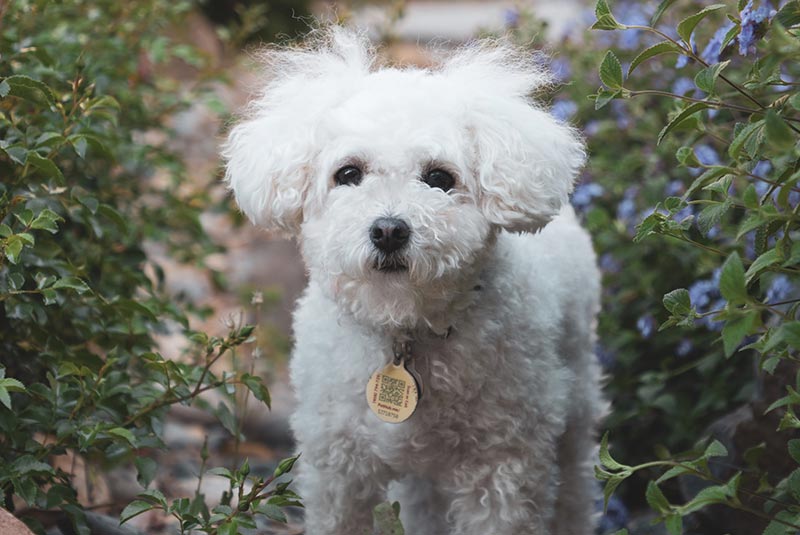
17. Easily Hurt
Since they’re small and delicate, Maltipoos can easily get hurt. They have delicate necks and windpipes, which can be damaged when pulled about on a leash. They can also break or dislocate bones when falling from furniture or if dropped, and they can be seriously hurt if they’re playing rough with another, bigger dog.
For this reason, tiny Maltipoos may not be suitable for homes with small children or bigger dogs that may hurt them by accident.
18. Easily Intimidated
Maltipoos are calm, collected individuals that usually take things in their stride. But if they’re not properly socialized, they can become easily intimidated by other pets. This can produce problems for Maltipoo owners, as this reluctance to engage with bigger dogs can cause problems with training and essential socialization down the line.
Is a Maltipoo a Good Choice for a First Pet?
Maltipoos are an excellent choice for a first pet as they’re generally laidback, cuddly, and attached deeply to their owner. Grooming needs and health information should be considered before purchasing Maltipoo as a first pet, but generally, the breed is relaxed. They don’t need vast amounts of physical stimulation, but regular exercise is still essential, as unruly and destructive behavior can occur if a Maltipoo isn’t trained, exercised, and engaged.
Conclusion
Maltipoos are excellent pets; they’re fit for apartment living and are an all-around friendly breed. However, there are some problems with Maltipoo ownership, which is true for any dog breed. If the Maltipoo is a teacup variety, more health problems and potentially, temperament problems can occur. Regardless, all these pros and cons should be weighed carefully so you can decide whether a Maltipoo is suitable for you and your family.
Related Reads:
Featured Image Credit: Irsan Ianushis, Shutterstock




